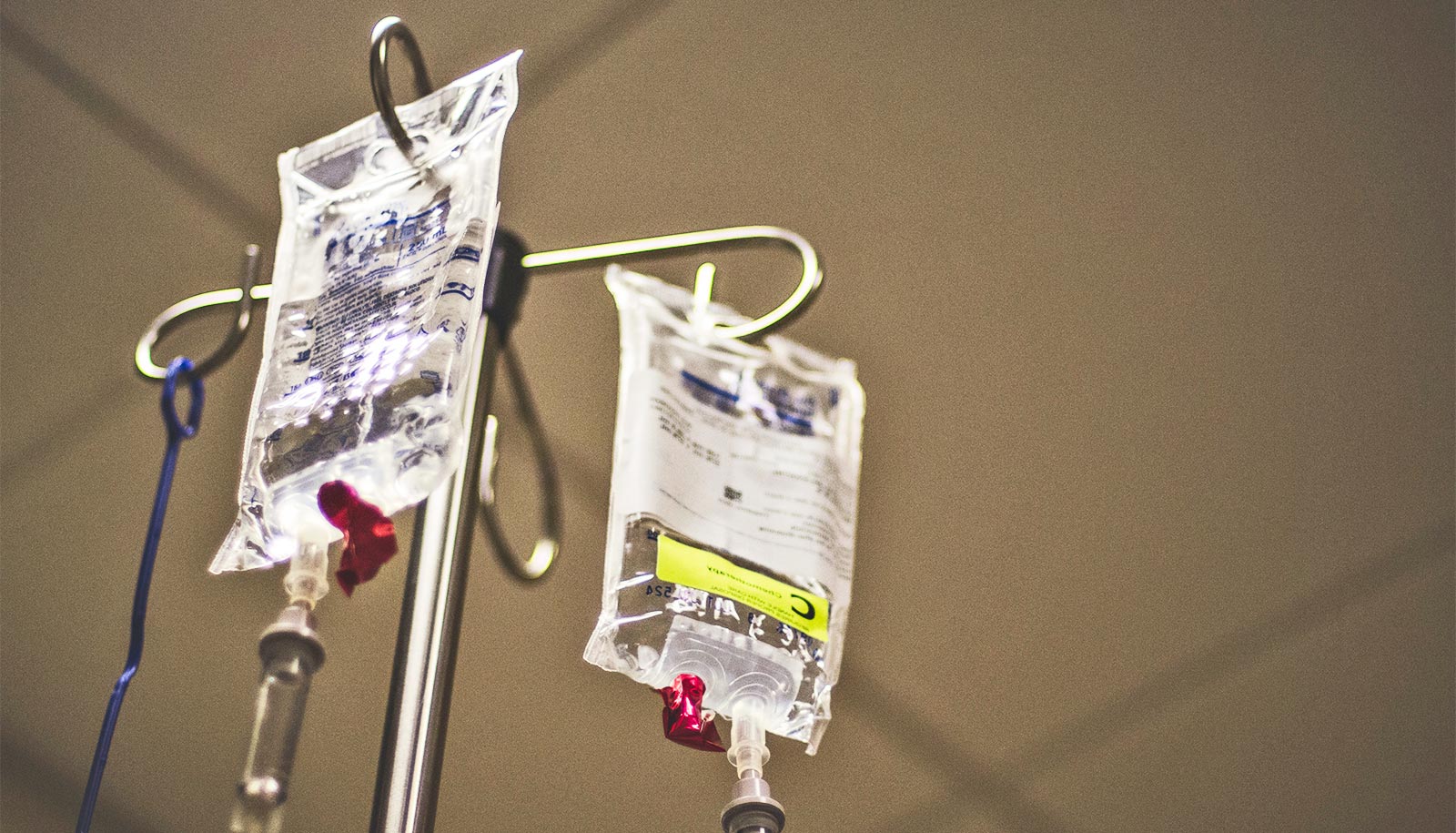Researchers have identified a biochemical chain of events that allows some breast cancer cells to survive chemotherapy and restart tumor growth.
The recurrence of cancer stem cells is tied to the drug resistance that develops in many breast tumors. Because of that resistance, the benefits of chemo are short-lived for many patients. Cancer recurrence after chemotherapy is frequently fatal.
“These are the cells you most want to kill with chemotherapy. Paradoxically, though, cancer stem cells are quite resistant to chemotherapy.”
“Breast cancer stem cells pose a serious problem for therapy,” says lead investigator Gregg Semenza, professor of medicine and director of vascular biology at Johns Hopkins University’s Institute for Cell Engineering.
“These are the cells that can break away from a tumor and metastasize,” Semenza says. “These are the cells you most want to kill with chemotherapy. Paradoxically, though, cancer stem cells are quite resistant to chemotherapy.”
Earlier studies showed that resistance arises from the hardy nature of cancer stem cells, Semenza says. They often are found in the centers of tumors, where oxygen levels are low. Proteins known as hypoxia-inducible factors, or HIFs, turn on genes that help the cells survive in a low-oxygen environment.
Breast cancer eats, sleeps, then wakes up and grows
In the new study, Semenza and his Johns Hopkins colleagues analyzed human breast cancer cell lines grown in the laboratory after exposure to chemotherapy drugs like carboplatin, which stops tumor growth by damaging cancer cell DNA. The team found that the cancer cells that survived tended to have higher levels of a protein known as glutathione-S-transferase O1, or GSTO1. Experiments showed that HIFs controlled the production of GSTO1 in breast cancer cells when they were exposed to chemotherapy. If the researchers blocked HIF activity in these lab-grown cells, the cells did not produce GSTO1.
After exposure to a chemotherapy drug, GSTO1 binds to a protein, RYR1, triggering the release of calcium. That causes a chain reaction that transforms ordinary breast cancer cells into cancer stem cells.
To more directly assess the role of GSTO1 and RYR1 in the breast tumor response to chemotherapy, the researchers injected human breast cancer cells into the mammary gland of mice and then treated the mice with carboplatin after tumors had formed.
In addition to using normal breast cancer cells in the experiments, the team also used cancer cells genetically engineered to lack either GSTO1 or RYR1. Loss of either GSTO1 or RYR1, the researchers report, decreased the number of cancer stem cells in the primary tumor, blocked metastasis of cancer cells from the primary tumor to the lungs, decreased the duration of chemotherapy required to induce remission, and increased the duration of time after chemotherapy was stopped that the mice remained tumor-free.
Why doctors need to check breast cancer for mutations
Although the study showed that blocking the production of GSTO1 may improve the usefulness of chemotherapy drugs, GSTO1 is only one of many proteins produced under the control of HIFs in breast cancer cells after chemotherapy. Semenza and his team are working to develop HIF inhibitor drugs that they hope will make chemotherapy more effective.
The Department of Defense and the American Cancer Society funded the work, which appears in the journal Cell Reports.
Source: Johns Hopkins University



